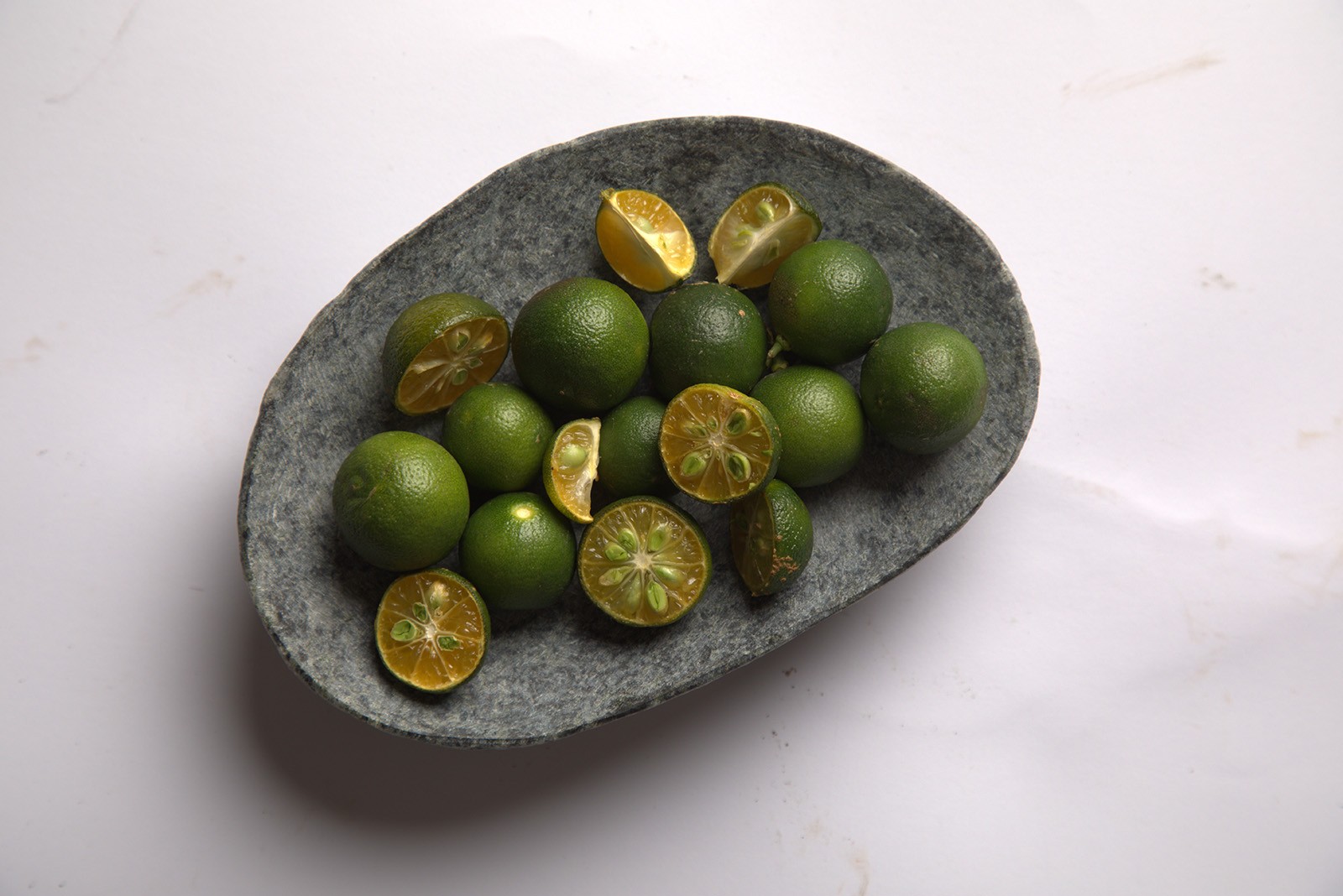How to Make your Brand Stand Out
Being a newbie in any industry is tough, most especially in the cutthroat world of food and bever-ag...

August 30, 2022
Also called lemonsito, calamondin, Philippine lime, and Filipino lemon, the calamansi is a mighty citrus fruit primarily grown in the Philippines
Also called lemonsito, calamondin, Philippine lime, and Filipino lemon, the calamansi is a mighty citrus fruit primarily grown in the Philippines. In recent years, it has been recognized globally as an essential ingredient in Filipino cooking, so much so that it has been called the next big citrus fruit. However, the calamansi remains elusive abroad. Despite the high demand for the fruit, it is still hard to come by in Filipino and Asian stores. To meet this clamor, manufacturers and producers have come up with calamansi-based products that offer the same distinct flavor of the fruit. With these items, one can easily create dishes and beverages that require the properties of the calamansi even without the actual fruit.
Here are different calamansi-based products that one can rely on if the fruit proves to be too difficult to source:
CALAMANSI’S MANY FORMS
ALL-PURPOSE CALAMANSI SEASONING
SQUEEZED CALAMANSI EXTRACT
CALAMANSI JUICE CONCENTRATE
CALAMANSI OIL
CALAMANSI CIDER VINEGAR
FREEZE-DRIED CALAMANSI JUICE EXTRACT
SINIGANG SA CALAMANSI MIX
ASEPTIC CALAMANSI PUREE
CALAMANSI-INFUSED CONDIMENTS
CALAMANSI LIQUEUR
Check out these food fusions between Filipino and Middle Eastern cuisines
The unending quest for healthy and sustainable food amid changing lifestyles
A quick look at the Philippine food staple often getting a bad health rap